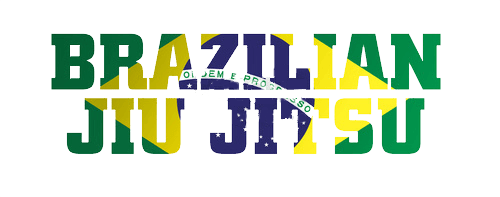The History of Jiujitsu – Jujitsu – Jiu-Jitsu – Ju-Jitsu evolved over 2500 years ago. Its roots is the combination of many teachings that either originated in Japan or were brought to Japan from neighboring Oriental countries. It has been believed that Jiujitsu can be found in roots dating back to the legendary gods Kajima and Kadori, who used the art against the inhabitants of an eastern province as punishment for their criminal activities.
In the beginning nearly 2500 years ago reference was made to Jiujitsu and its philosophies of which may have occurred during the Choon Chu era (772-481 BC) in China, a period when open-hand fighting techniques were practiced. When the wrestling sport of Chikura Kurabe appeared in Japan in 230 BC many of its fighting techniques and tactics were incorporated into Jiujitsu training. From 230 BC onward, many different schools of Jiujitsu were formed and there is indication that empty-hand techniques were practiced, along with weapons, as part of the samurai warrior’s training during the Heian period (ca. 784 AD). In approximately 880 AD, a Diato-Ryu Aiki Jiujitsu school was formed by Prince Teijun.
The period of Japanese history between the 8th and 16th centuries was covered with constant civil war and many martial arts systems were utilized practiced and perfected on the battlefield. This training was used to conquer armored and armed opponents many close fighting and weapons techniques were created and mastered.
Tenenuchi Hisamori (sometimes spelled Takenouche) is often credited with founding and creating a formal art of Jiujitsu with the creation of his school of Jiujitsu in 1532. This school taught both armed and unarmed fighting techniques. In 1559, a Chinese monk named Chin Gen Pinh came to Japan, accompanied with his knowledge and experience of Kempo known as the (China Hand), which was adopted by Jiujitsu. Shortly after Chin Gen Pinh came to Japan, Hideyoshi Toyotomi also migrated to Japan from China, bringing with him Ch-an Fa and Korean Tang Su a punching and nerve striking skill and method of fighting. These skills were also adopted by Jiujitsu.
In approximately 1603, Japan came to a fairly peaceful period following the formation of the Tokugawa military government by Tokugawa Ieyasu. During this time, known as the Edo period (1603-1868), the feudal civil wars and unsettled feelings and emotions within many people had plagued Japan for centuries had started to disappear. Forms and techniques displaying weapons skills of fighting began to yield to weaponless styles, which incorporated many of the grappling ground fighting techniques of the weaponed styles. Universally, these techniques were known as Jiujitsu. It has been estimated that over 750 systems of Jiujitsu were in existence in Japan during the Edo period.
At the end of the Edo period originated the beginning of the Meiji Restoration period in which power had transferred from the Shogun back to the Emperor as a result of an abortive civil war between the different groups of people. Many samurai warriors had supported the Shogun during the war and as a result, lost much status and esteem when power was restored and reinstated to the Emperor. An Imperial Law was introduced, making it a crime to practice the old style or method of martial arts of the original samurai. Samurai were also forbidden from carrying their swords or similar weapons. The art of Jiujitsu had nearly disappeared during this period, but had eventually survived because some masters began to practice the art underground in hiding, or in other countries, until the ban was lifted in the mid-twentieth century.
Jiujitsu has become the basis for other fairly new martial art styles and is referred to as the calm and gentle art whereby pressure points, kicks, sweeps and throws, grappling and other effective techniques are combined to counter an attacker with ease. It has been said that to attack a true Jiujitsu Master is like attacking yourself. In 1882, Jigaro Kano took used his knowledge and experience of Jiujitsu and created a new martial art sport, called Judo. In the 1920s, a Daito-Ryu Aiki-Jiujitsu Master if the Martial Arts by the name of Useshiba Morihei created what is known as Aikido.
As that of Aikido and other various martial arts systems and styles, Jiu Joe Jitsu Self Defense was created by Sensei Joe Jitsu Saladino through many years of training and experience. He has mainly incorporated the absolute best techniques, concepts and defense combat strategies from the most ancient martial arts styles creating that of Jiu Joe Jitsu Self Defense. Techniques were carefully researched and further developed from the arts of Jiujitsu – Jujitsu grappling and ground fighting, Judo throws, sweeps, chokes, Arnis Filipino stick fighting defenses, Aikido soft method using attackers energy against themselves, Karate hard style blocks, punches, strikes, etc., to develop an excellent unified highly effective self defense system. Sensei Saladino had the honor of training with and under the direction of the late and great Jujitsu Martial Arts Hall of Fame Professor Florendo Visitacion.

